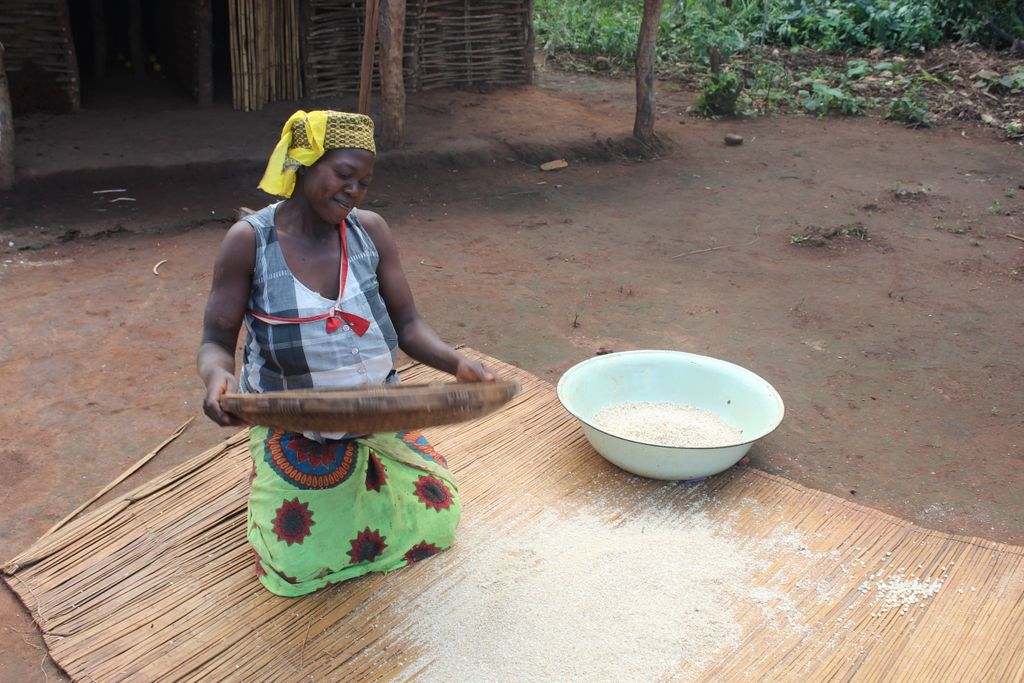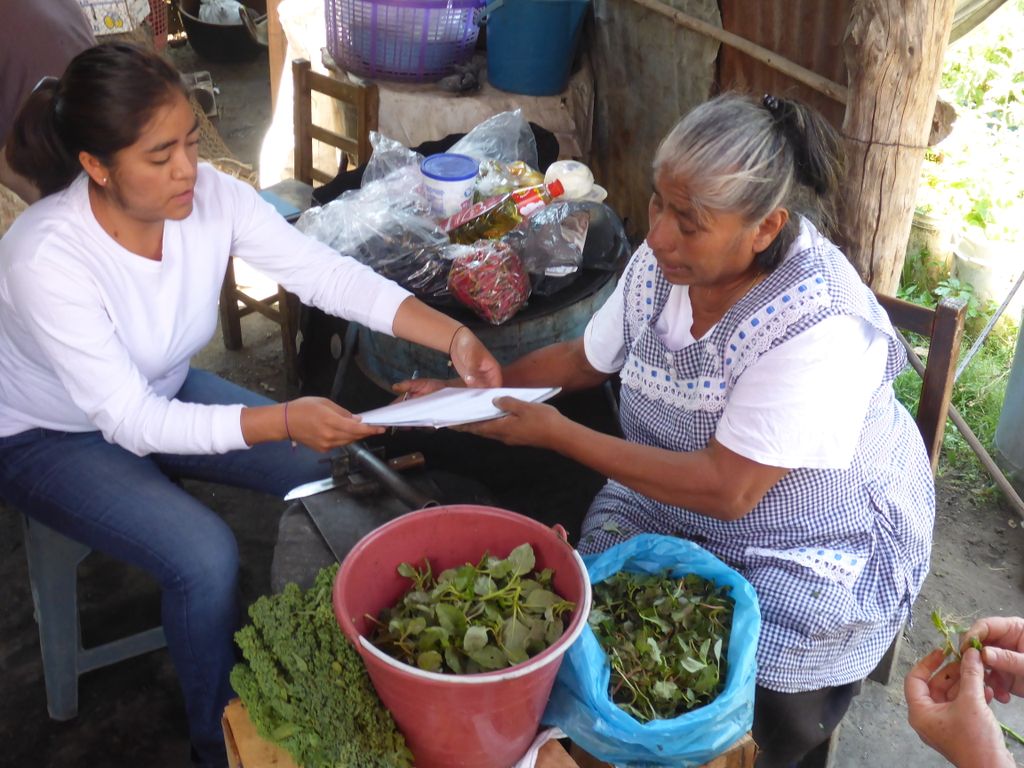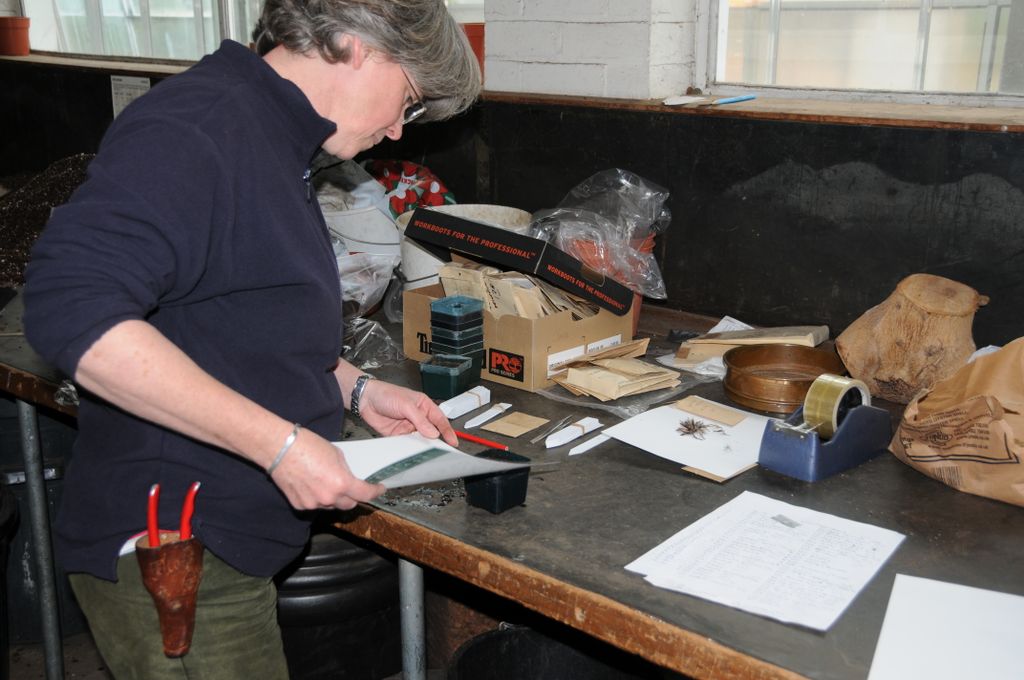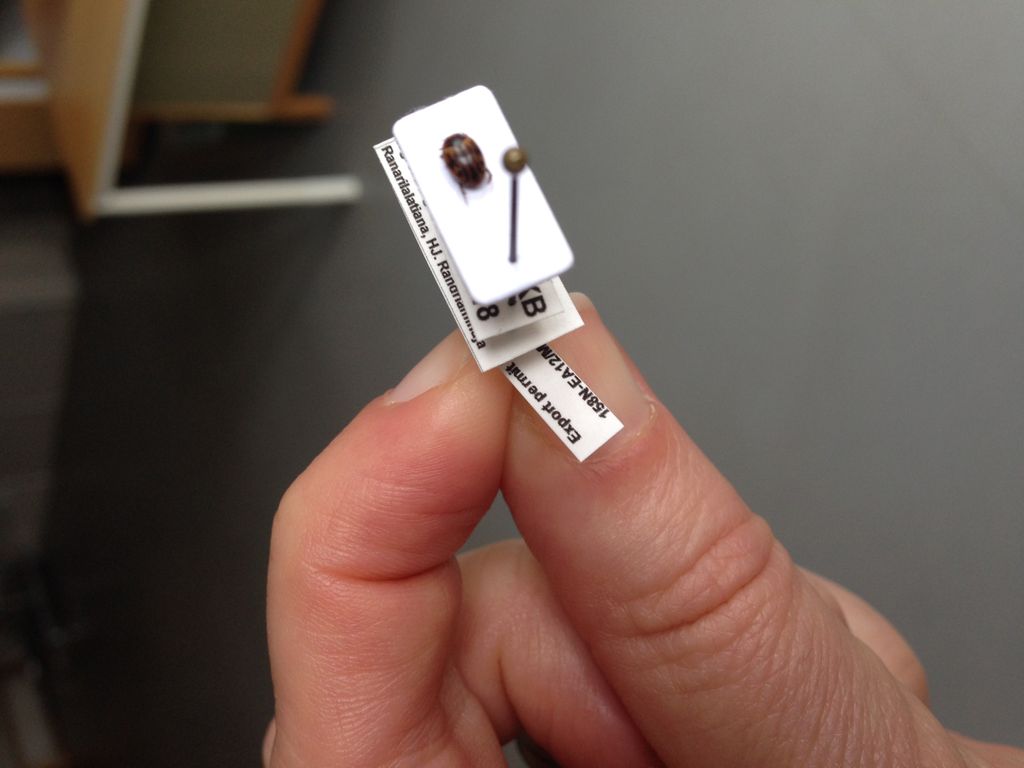Bilateral and Global Benefit Sharing

-
Region
Global -
Country
United Kingdom -
Topic
Policy and Advocacy -
Type
Case Study
RBG, Kew has long-standing ABS policy that guides benefit- sharing with partners
Example provided by: China Williams, Royal Botanic Gardens Kew
Kew has a wide range of international partners in over 110 countries worldwide. The fieldwork, research, scientific activities and sharing of information in accordance with Kew’s ABS policy (based upon the Principles on ABS) is dependent on working with key organisations, individuals and communities in these countries. These relationships are usually set out in specific bilateral agreements such as Memoranda of Collaboration and Access and Benefit Sharing Agreements. These agreements tend to last between three and five years and lay out a specific set of activities to be undertaken by the partners, and benefits to be shared. Benefits typically include: sharing research results coming out of the project, sharing specimen data and images, providing copies of publications, training and funding opportunities, and joint publications or authorship.
Kew’s collecting activities can be traced as a series of specific, bilateral and cumulative collecting events. The collecting event leads to the material coming back to Kew, research being done on that material, and specific benefits such as taxonomic identification and co-authored papers going back to the country of origin. Specific collection events usually involve the need to acquire a collecting permit or other written demonstration of prior informed consent (such as an MTA) from the authorised provider. These documents may also include specific benefits that need to be shared following the acquisition and use of the material.
However, it is also important to note that the effect of numerous historic bilateral collection events resulting in Kew’s global and historic collections is also to create a global accumulation of benefits with its own added value, hugely important to achieving the objectives of the CBD.
So, for example, the collections stewarded by Kew become an international resource for taxonomy and identification, threatened species recovery programmes, education and awareness raising, reintroduction and restoration programmes, in situ conservation, historic information on population shifts, on the effects on populations due to climate change/deforestation, etc. Collections can be also used to create identification models and tools for implementation of, for example, CITES legislation, for toxicology or medicinal plant identification.


